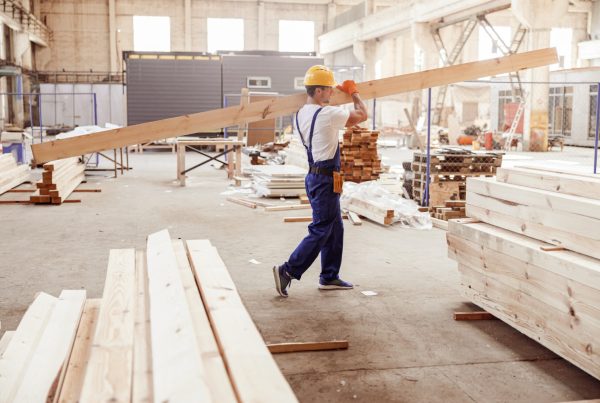Discover the latest trends and tech advancements the National Housing Authority is leveraging to stay competitive and innovative.

In an ever-evolving construction industry, Zambia’s National Housing Authority (NHA) continually embraces the latest trends and technologies to enhance project outcomes and operational efficiency. Digitalisation and Building Information Modelling (BIM) are at the forefront of these advancements, revolutionising how projects are planned, designed, and executed. Although yet to be fully implemented, BIM promises to improve coordination, efficiency, and communication among stakeholders, leading to better visualisation, analysis, and optimisation of building designs.
Prefabrication and modular construction techniques have gained significant traction within NHA due to their potential to accelerate project timelines, reduce costs, and improve quality control. Fabricating building components off-site in controlled environments minimises on-site labour, waste, and disruptions, maximising efficiency and consistency in our projects.
Another significant trend is the shift towards sustainability and green building practices. NHA incorporates energy-efficient design strategies, renewable energy systems, and eco-friendly materials into its projects. This focus on sustainability reduces environmental impact and enhances occupant comfort, health, and operational efficiency. The commitment to green building practices ensures that developments are resilient and aligned with global environmental standards.
Advanced materials and technologies such as self-healing concrete, 3D printing, nanotechnology, and smart materials are expanding building design and construction possibilities. These innovations improve structural integrity, durability, and performance while pushing the boundaries of architectural creativity. Self-healing concrete, for instance, extends the lifespan of structures by automatically repairing cracks, reducing maintenance costs, and enhancing safety.
3D printing technology is revolutionising construction by enabling the rapid creation of complex structures with precision and minimal waste. Nanotechnology enhances the properties of construction materials, making them stronger, lighter, and more energy-efficient. Smart materials can respond to environmental changes and further optimise building performance and sustainability.
The final article will explore how NHA anticipates and adapts to the construction industry’s future demands.
Article 1: Transforming Housing in Zambia
Article 2: Harnessing Technology for Sustainable Housing
Article 3: Sustainability at the Heart of Zambian NHA’s Strategy
Article 5: How NHA of Zambia is Adapting to Tomorrow’s Construction Needs














